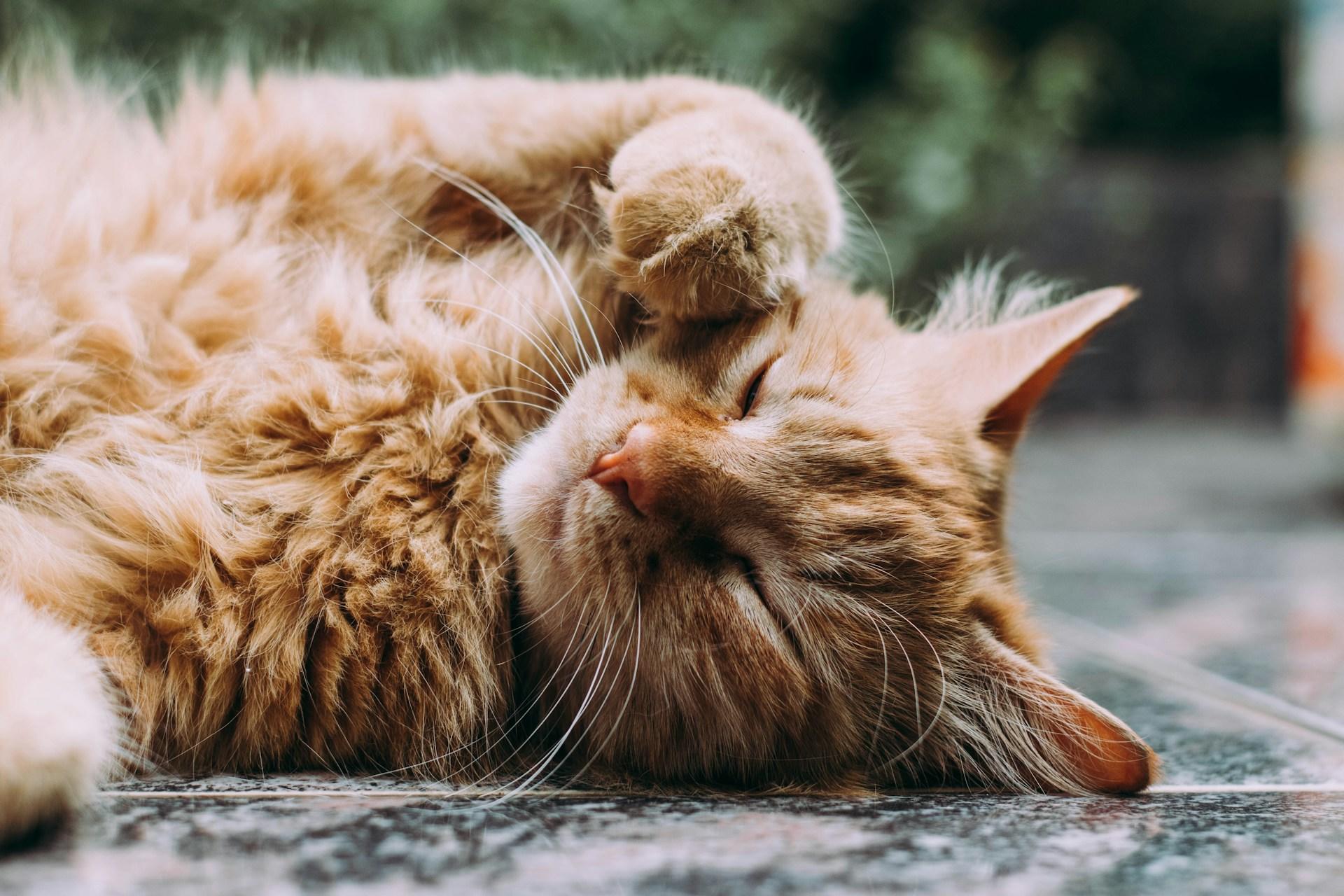One of the first stumbling blocks for anyone learning Maori is the syntax, especially for native English speakers. After all, sentence structure, syntax, and word order are so heavily engrained into our minds from years of speaking English that it can be hard to think of any other way to talk. Here's our beginners' guide to Maori syntax, grammar, and sentence structure.

What Is Syntax and Sentence Structure
If you're new to learning languages, syntax is how words and phrases are arranged in a language to create a well-formed sentence. Even the most basic Maori phrases follow the conventions of syntax.
This concept is a branch of study within linguistics, so we can't fully explain it here. For the time being, simply think of it as the order words have to go in for a sentence to make sense.
Different languages have different conventions for this. Let's avoid calling them "rules" since they're not enforced. Whenever you talk about a rule in language, you have to talk about all the exceptions, which could be more beneficial for language learners.
Instead, think of syntax and sentence structure conventions in any language more like other social conventions. You don't always need to be polite, but you should be.

Basic Syntax and Sentence Structure in English
Have you ever sat down and thought about what a sentence actually is?
It's a word or a group of words that make sense. Words in isolation have meaning but don't necessarily make sense.
A sentence in English typically has a subject and a predicate or what is said about the subject. This predicate is usually made up of a verb and an object. The subject will complete an action relating to the object.
You'll use syntax whether you're discussing a complex subject or simply talking about the days of the week. As a simple example, the sentence “You speak English” has three component parts:
- a subject: “You”
- a verb: “speak”
- an object: "English"
Here, you'll see that the order of those words is subject, verb, and object. In linguistics, this is often referred to as SVO.
Remember these basics, as we'll also use them to create other simple examples of Maori sentence structure.
The same is true of this example sentence: “The cat chased the mouse”.

Here, we still have a subject, verb, and object, but the subject and object include an article "the". This still follows the subject-verb-object or SVO structure.
Basic Syntax and Sentence Structure in Maori
Sentences in Maori don't follow the SVO structure.
Why?
The most straightforward answer is that Maori is its own language. There isn't ever any real rhyme or reason as to why each language is the way it is. As much as it can irk learners, it's important to acknowledge differences.
Let's use our previous example of the cat chasing the mouse. To say that "the cat is chasing the mouse" in Maori, we'd say "kei te whai te ngeru i te kiore".
Understanding Maori sentence structure is crucial for comprehension, and it's a key step in your commitment to learning this beautiful language.
Let's start breaking this down by knowing Maori follows a verb-subject-object or VSO sentence structure.
Here, "kei te whai" is the verb part of our sentence. It means something is running after or chasing something. There are some extra words here for grammatical concepts that you don't need to worry about yet.
The subject in this Maori sentence is “te ngeru”. This means “the cat”.
The “i te kiore” is the object of this sentence. “Te kiore” means the mouse.
Again, don't worry too much about some of the other words, as they are prepositions and other grammatical elements required to make the sentence work.
By examining the syntax and word order, we can see the distinct differences between Maori and English, which enriches our understanding of Maori. If this is all feeling a bit too advanced your level in Maori, you can always learn the pronouns in Maori, which can serve as a good foundation for building sentences.

The Main Differences between Maori and English Syntax and Sentence Structure
From our two examples, you'll see that the verb and subject positions differ. The object is in the same position, but not when you think of the object following the subject in Maori.
English sentences start with the subject, so you know who or what the sentence's focus is. Maori sentences begin with the verb, so you immediately know what's happening, but who or what's doing it is only revealed afterwards.

The Roles Verbs Play in English and Maori Sentences
In English, verbs are typically quite simple. Other than a few irregular verbs, most of our verbs follow a simple conjugation.
Each of the six personal pronoun types (first, second, and third person, and singular and plural for each) technically has its own verb conjugation. Still, only the third-person singular tends to change in the present tense.
- I run
- You run
- He/she/it runs
- We run
- You run
- They run
English often uses auxiliary verbs (or a second verb) to modify the main verb to indicate tense. You can form the future tense in English by adding “will” before the main verb, with the main verb remaining in its “infinitive” form without the “to” particle.
The verb is "to run", but it's "will run" in the future tense.
Most other English tenses and moods do this, and you can add auxiliary verbs like "have", "could", "will", "should", etc.
Of course, this vastly oversimplifies English grammar and tenses, but it shows how we generally form them in the English language. Don't forget it's not just sentence structure is different and even everyday things like ending an email is different in Maori.
Particles and Markers in te reo Maori
The Maori language, on the other hand, does things differently. Like English, Maori can have simple verbs, but it also uses particles, a grammatical class of words, for tense, aspect, and mood.
For example, "kei te" is used for continuous aspect to indicate that an action is currently occurring. In English, we use the verb "to be" conjugated in the present tense and the "gerund", with the verb ending in -ing. This would look like "The cat is running", using "is" and the -ing form of "run".
Take the basic Maori verb, "oma", which means "run".
We can use a few different kinds of particles to indicate how and when the verb occurred.
- Kei te: present continuous (Kei te oma – is running)
- I: past tense (I oma – ran)
- E ... ana: continuous (E oma ana – is/was running)
- Ka: future or imminent action (Ka oma – will run).
These particles aren't the same as auxiliary verbs, as they're not verbs in their own right. English uses the auxiliary verb (or modal verb) to alter the main verb. In contrast, Maori has specific words for these tenses, moods, etc. You'll see kei when you're telling someone that you love them in te reo Māori.
Different Tenses in Maori
Now that we've seen the particles used to form the present continuous, past tense, and future tense, let's create some sentences using the Maori sentence structure we saw previously.
Simple Present Tense in Maori
Let's start with this sentence in English:
- “The cat is eating the food”
This uses our “to be” + “gerund” structure. In Maori, we know this has to use “kei te”.
We start with our verb, which is “kai” (eat), but we need the particle “kei te”.
- “Kei te kai” - Is eating.
Remember “the cat” from the previous examples: “te ngeru”.
Finally, like we had “i te kiore” for “the mouse” as the object of the sentence, we'll use “i te kai” so that our sentence is a little less graphic. The word for food is also “kai”.
With the verb-subject-object or VSO structure, this should give us:
- “Kei te kai te ngeru i te kai.”
Simple Past Tense in Maori
Here's our next sentence:
- “The cat ate the food”
In English, the verb “eat” goes to “ate” for every personal pronoun in the simple past.
In Maori, we already know how to say “the cat” as the subject and “the food” as the object, so let's keep “te negru I te kai” at the end of our sentence.
The verb is the same, so we only need to change the particle. As you can see in the list above, this uses the "i" particle.
The equivalent to “ate” in Maori would be “i kai”.
This makes our sentence:
- “I kai te ngeru i te kai”
By this point, you have quite a few tenses down. If you're struggling, though, check out these Maori expressions for offering encouragement.

The Future Tense in Maori
Here's our last example. Our sentence in English is:
- "The cat will eat the food."
In English, we put “will” before the bare infinitive to give us the future tense.
In Maori, we need to change the particle. It was "i" in the previous example and "kei te" in the first example.
Here, let's use “ka”.
Our sentence is now:
- “Ka kai te ngeru i te kai”
While it seems pretty straightforward, if you need more help with the Maori language, search for "Maori" on the Superprof website and start looking for private tutors today!















